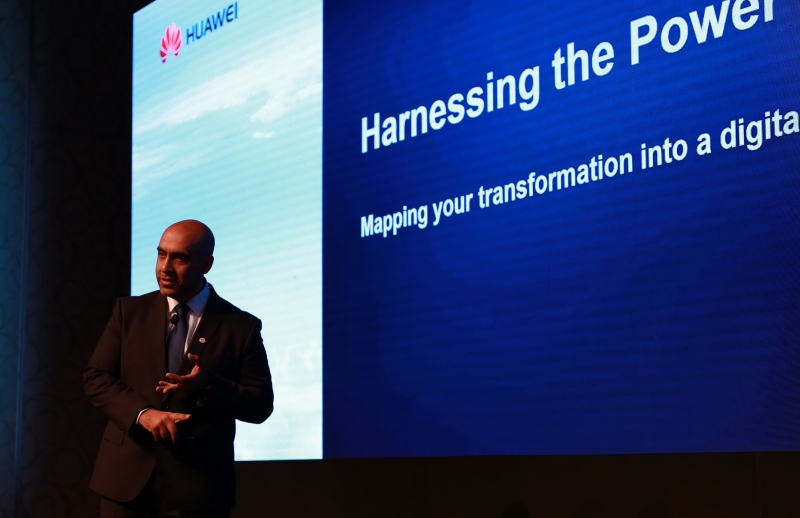Huawei’s Global Connectivity Index (GCI) 2017 report has revealed that digitally-advanced and digitally-developing nations continue to gain strong economic growth and secure larger ICT investments, while less developed nations see much slower growth, widening the digital divide between nations into a chasm.
The GCI 2017, was shared by Huawei at the SAMENA Telecom Leaders’ Summit 2017.
 This index is the fourth annual study that compares how 50 countries are progressing in their digital transformation based on 40 unique indicators that cover five technology enablers: broadband, data centres, cloud, Big Data and Internet of Things. Investing in these five key technologies enables countries to digitise their economies. Through centralised planning, potential connectivity can be fully leveraged and ICT capabilities can support positive growth of national economies.
This index is the fourth annual study that compares how 50 countries are progressing in their digital transformation based on 40 unique indicators that cover five technology enablers: broadband, data centres, cloud, Big Data and Internet of Things. Investing in these five key technologies enables countries to digitise their economies. Through centralised planning, potential connectivity can be fully leveraged and ICT capabilities can support positive growth of national economies.
“The GCI Report measures the relationship between ICT investment and GDP growth, and shows that every additional $1 of ICT infrastructure investment made could bring a return of $3 in GDP at present, $3.70 in 2020 and the potential return increases to $5 in 2025,” said Sami Nashwan, VP Strategy, Huawei Middle East. “While this presents a clear case for increasing investment in ICT, the report also reveals that countries who invest in ICT gain an accumulated advantage over time which has a multiplier effect and enables them to distance themselves ahead of competitors, and causing a widening of the digital divide to become a digital chasm.”
UAE, Qatar and Saudi Arabia remain top ‘Adopter’ economies in terms of connectivity within the Arab world. According to GCI 2017, global progress towards a digital economy is picking up pace, with the world’s GCI score moving up four percentage points since 2015. The report also shows that ICT has become an engine of economic growth, with the 50 countries assessed by the GCI 2017 accounting for 90 percent of global GDP and 78 percent of the world’s population.
Of the 50 countries that were analysed, 16 are considered Frontrunners, 21 are Adopters, while the remaining 13 are Starters. These clusters reflect the nations’ progress in digital transformation. Frontrunners (with an average GDP per capita of $50,000) are mostly developed economies, continually boosting digital user experience, using big data and IoT to develop more intelligent, efficient societies. Adopters (average GDP per capita of $15,000) are focused on increasing ICT demand to facilitate industry digitisation and high-quality economic growth. Starters (average GDP capita of $3,000) are in the early stage of ICT infrastructure build-out, and focus on increasing ICT supply to give more people access to the digital world.
“Regional investments in ICT and particularly in the areas that lead to accelerated digitisation, underpin the Arab world’s ability to transform economies and sustain growth for its future generations. Regional countries need to understand this widening digital divide will have a dramatic impact on every sector of their economy and society, and will greatly influence their nation’s ability to feed, educate and create jobs for their people,” said Nashwan.





